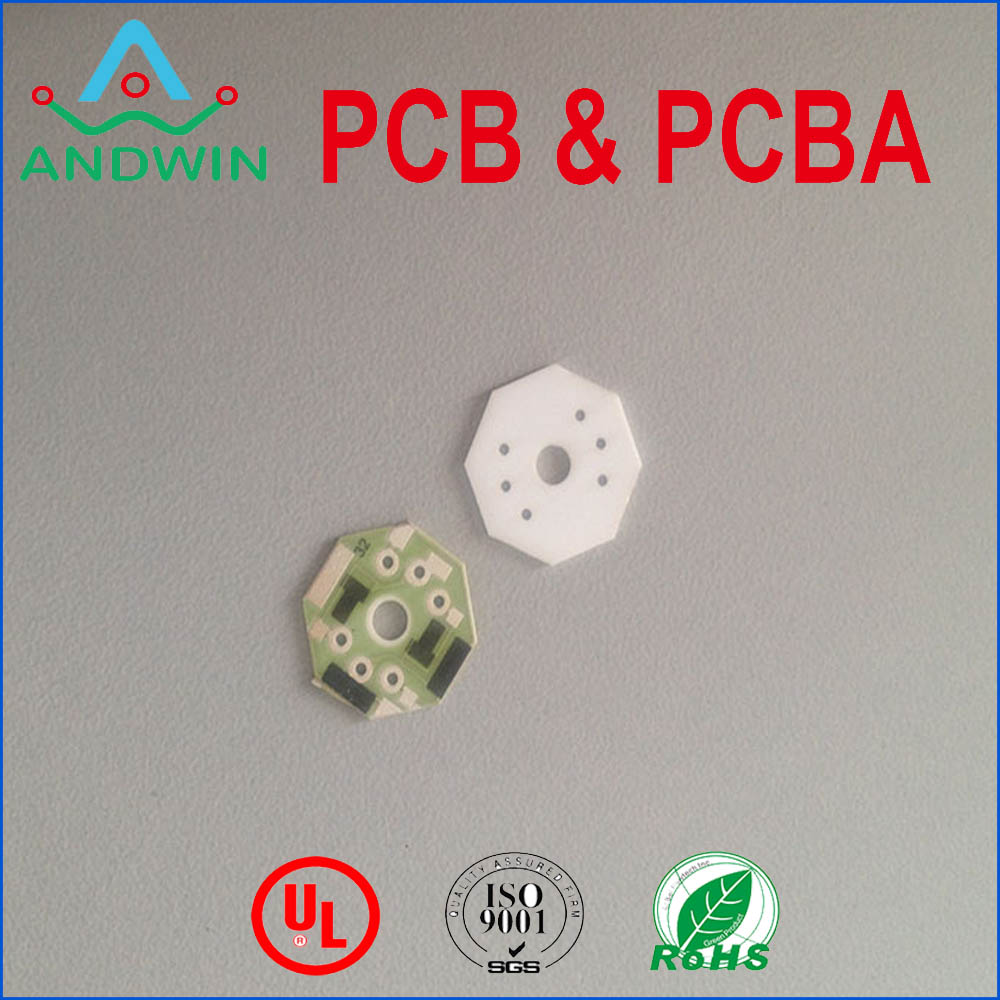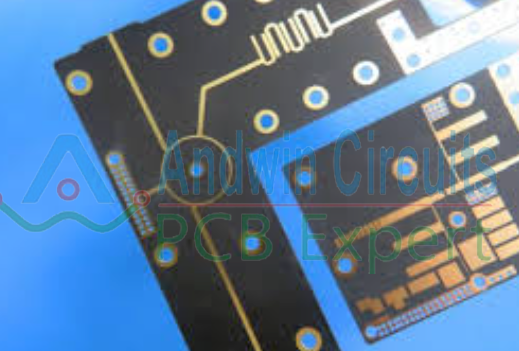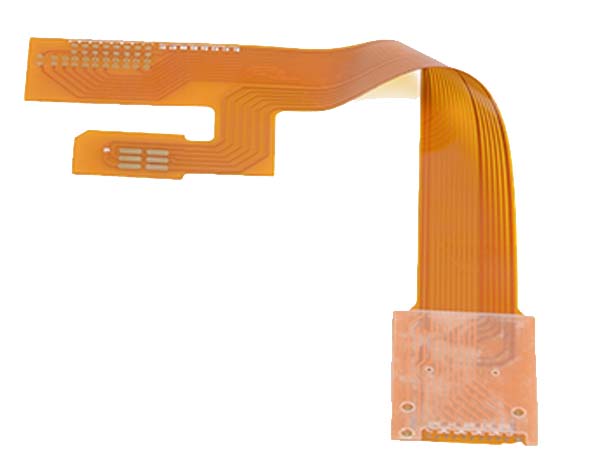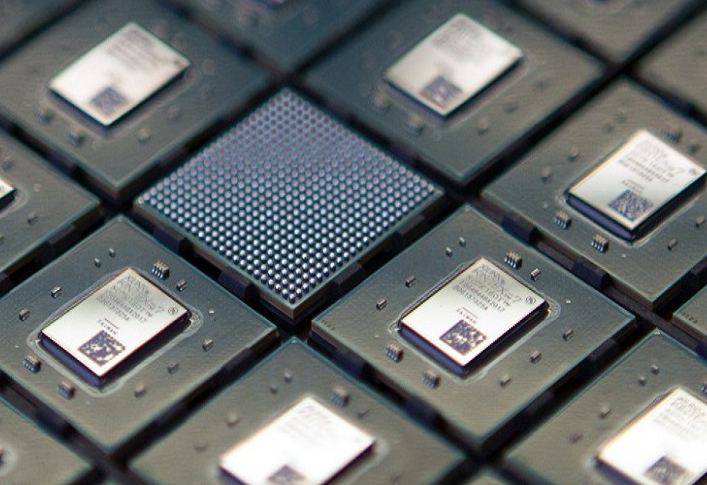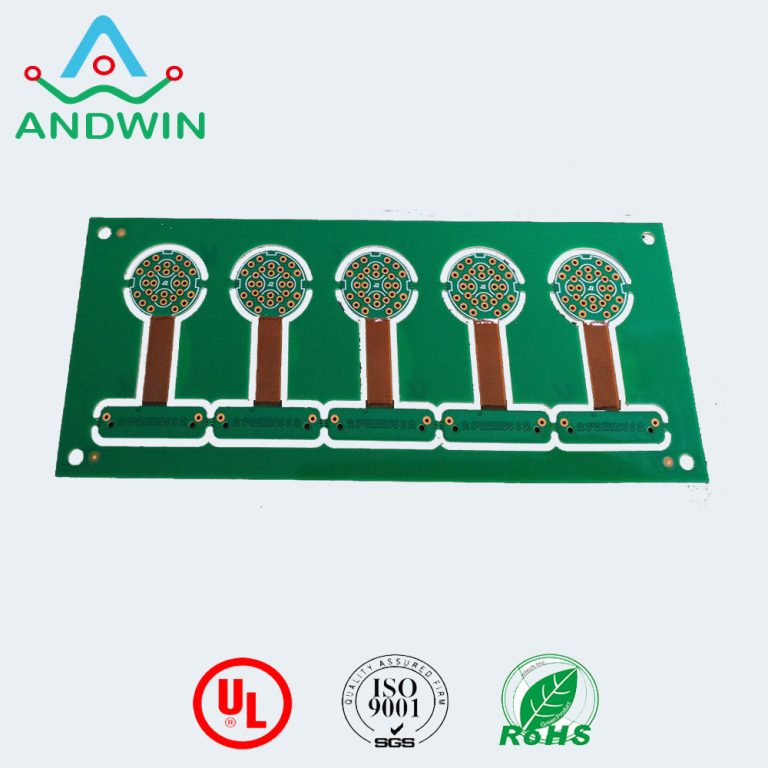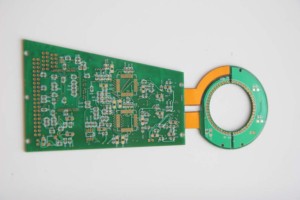Rt duroid 5870
Duroid 5870 is a high-performance microwave substrate material that is commonly used in the design and manufacturing of high-frequency electronic circuits and components such as antennas, amplifiers, and filters.

It has a low dielectric constant and a low loss tangent, making it an ideal material for high-frequency applications.
Duroid 5870 is often used in applications such as satellite communication systems, radar systems, and wireless communication networks.
It is known for its high thermal conductivity, excellent dimensional stability, and good mechanical properties.

types of rt duroid 5870
There is only one type of RT Duroid 5870, which is a high-performance microwave substrate material manufactured by Rogers Corporation.
However, there are different versions of Duroid 5870 with varying thicknesses, copper foil weights, and dielectric constants,
which are designed to meet specific application requirements. Some of the common versions of Duroid 5870 include:
1. RT/duroid 5870: Standard version with a dielectric constant of 2.33 and a thickness range of 0.005″ to 0.250″.
2. RT/duroid 5870G2: Low-loss version with a dielectric constant of 2.2 and a thickness range of 0.005″ to 0.250″.
3. RT/duroid 5870G3: Ultra-low-loss version with a dielectric constant of 2.1 and a thickness range of 0.005″ to 0.250″.
4. RT/duroid 5870HTC: High-thermal-conductivity version with a dielectric constant of 2.33 and a thickness range of 0.005″ to 0.250″.

the role of rt duroid 5870
RT Duroid 5870 is a high-performance microwave substrate material that is widely used in the design and fabrication of RF and microwave circuits and systems. Its main role is to provide a stable and consistent dielectric constant and low loss tangent over a wide frequency range,
which is critical for achieving high performance and reliability in microwave applications. Some of the key roles of RT Duroid 5870 include:
1. Providing a low-loss and high-impedance substrate for microwave circuits, which helps to minimize signal attenuation and distortion.
2. Offering a stable and consistent dielectric constant over a wide frequency range, which allows for accurate and predictable circuit design and performance.
3. Providing excellent thermal stability and resistance to moisture and other environmental factors, which helps to ensure long-term reliability and performance.
4. Enabling the design and fabrication of high-frequency circuits and systems, such as filters, amplifiers, mixers, and antennas, for applications in telecommunications, aerospace, defense, and other industries.

